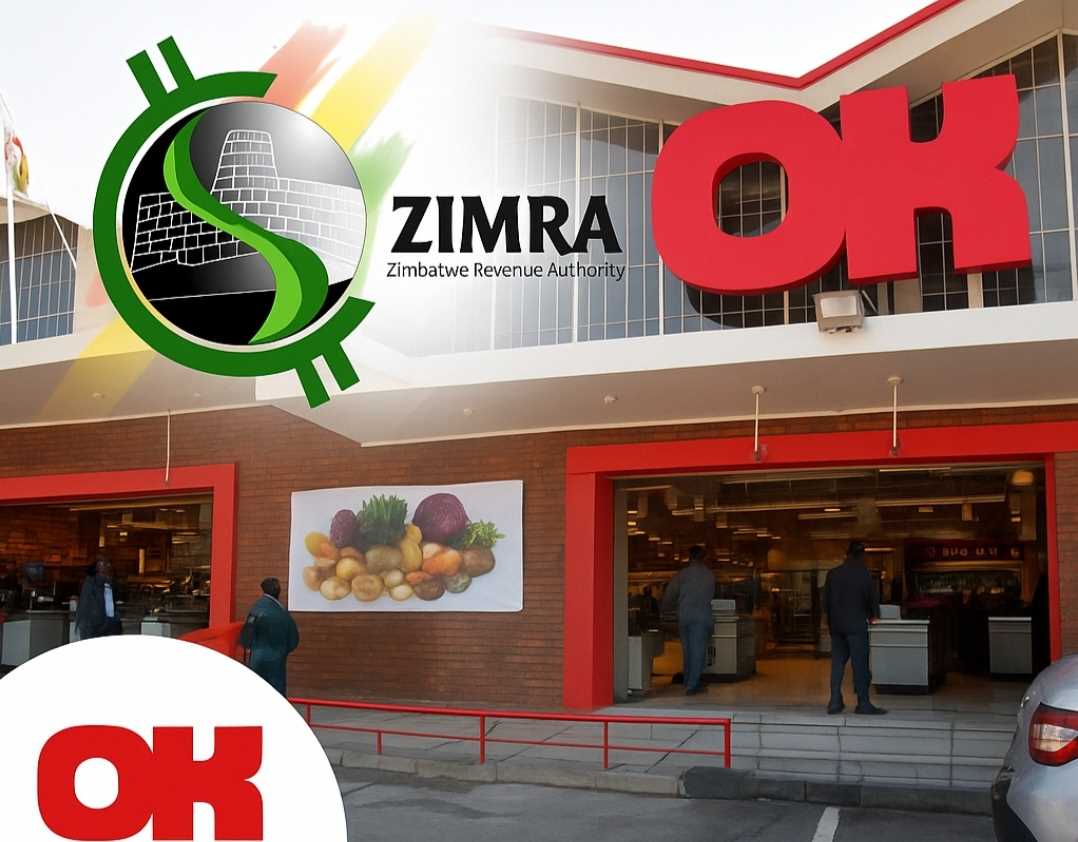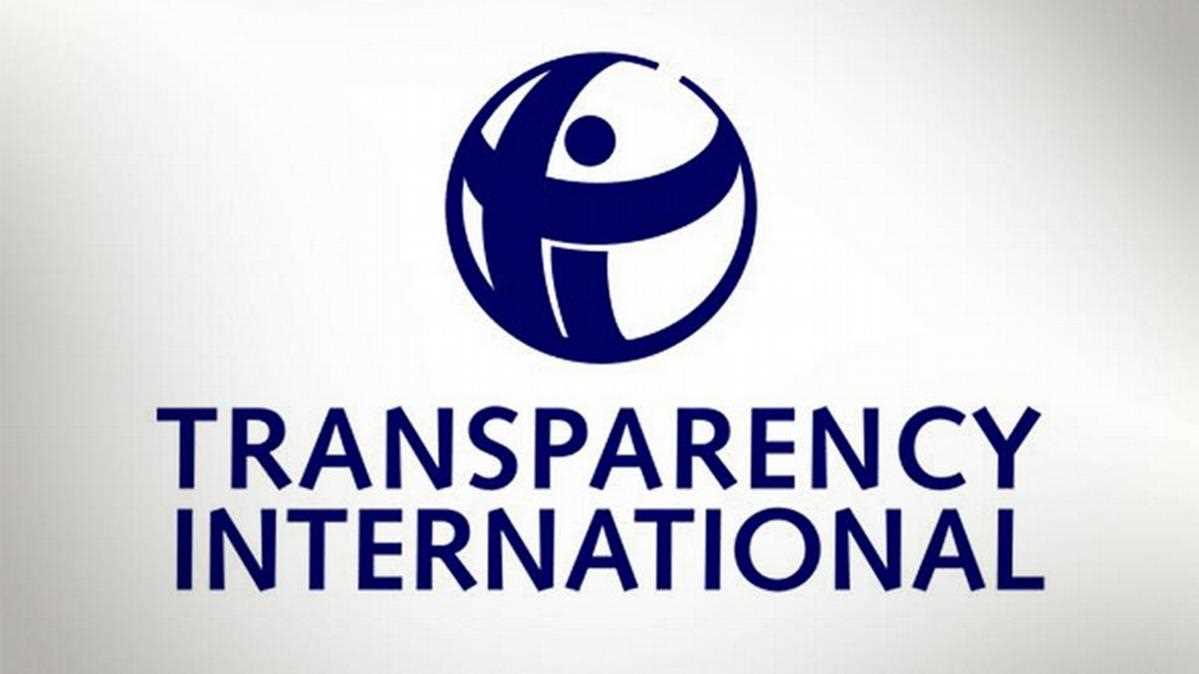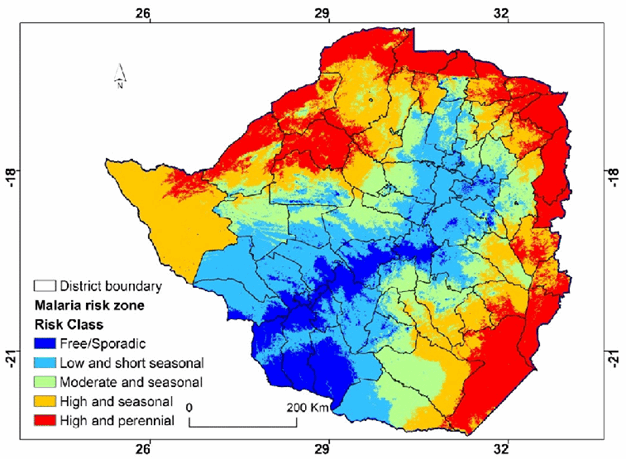
Oscar J Jeke
Zim Now Reporter
Government, through the Ministry of Lands, Agriculture, Fisheries, Water and Rural Development, has given the nation reassurances on the state of food security in the country, noting that there are enough grains in the national reserves to last until year end.
The developments were confirmed by Information, Publicity and Broadcasting Services Minister, Dr. Jenfan Muswere at a post-Cabinet briefing in Harare yesterday.
Muswere also announced measures to increase land for irrigation as the nation gears up for future climate-induced shockers.
Dr. Muswere noted that government has unearthed relevant measure and strategies to help mitigate drought resilience building with plans to import grain to supplement grain already in stock, while also accelerating investments in irrigation.
According to the minister, government plans to import over 300 000 metric tonnes of maize, as an addition to the wheat-based food security strategy contributing to the reserves in store to meet the national consumption requirement of 780 000 metric tonnes.
“Regarding contingency mitigation measures for cereals, the government will import 300 000 metric tonnes of maize, while grain movement from areas with surplus to areas with deficit will be facilitated by the Grain Marketing Board. “This is in addition to the wheat-based food security strategy which will contribute over 500 000 metric tonnes to the strategic grain reserve contributing to the maximum social welfare requirements of 780 000 metric tonnes.
“The nation is also informed that the government has solid strategies and measures for drought mitigation and resilience building. There are adequate grain stocks in the Strategic Grain Reserve to last until year-end,” he said.
Related Stories
“The private sector is also expected to import over 400 000 metric tonnes of maize for stock feed and the construction of water troughs in rural areas, as part of the livestock mitigation and resilience strategies.
“Livestock Mitigation and Resilience Strategies include the private sector importing 400 000 metric tonnes of maize for stock feed; and construction of 1 620 water troughs in 1 620 rural Wards. To date, 1 464 756 hay bales have been produced. Going forward, 1 000 dip tanks will be rehabilitated, while the distribution of 18 million indigenous chickens and 1.8 million goats will be accelerated under the Presidential Poultry and Goat Schemes,” he said.
Pertaining to expanding investments in irrigation, the minister said the aim is to utilise the country’s vast water resources that will see an additional 450 000 hectares irrigated.
“At the national level, Cabinet therefore approved the Accelerated Irrigation Rehabilitation and Development Plan in 2021, with the aim of developing 350 000 hectares for summer irrigation by 2025, in order to produce 1.8 million metric tonnes summer cereals annually, enough to feed the nation and generate a surplus.
“The nation will recall that Cabinet in 2023 also approved the designation of Agricultural and Rural Development Authority (ARDA) as the country’s food security agent, with a target to annually produce 500 000 metric tonnes of summer cereals from its 100 000 hectares irrigable area and 300 000 metric tonnes of winter cereals from the 60 000 hectares irrigable area.
“Regarding Water Resources and Irrigation Development, it is noted that Zimbabwe is endowed with good water resources. The country has a total of 10 600 dams with potential to irrigate 1.46 million hectares. If the country taps into transboundary waters of the Zambezi River around Mlibizi and Kanyemba areas, an additional 450 000 hectares can be irrigated.
“Cabinet notes that there has been a four-fold increase in the annual area under irrigation developed since 2020, when the Accelerated Irrigation Rehabilitation and Development Plan was launched cumulatively 219 000 hectares is now irrigable, of the targeted 496 000 by 2026. An irrigation investment conference will be held on 5 July 2024 to accelerate investments in irrigation,” Dr. Muswere said.
The partnership with the Belarusian government has also been highlighted as a major contributor to mitigation efforts, with expectation of combine harvesters and tractors all part of the plan.
“Pertaining to mechanisation, the number of tractors has increased by 60% and combine harvesters by 45% since the launch of the Agricultural Food Systems and Rural Transformation Strategy in 2020. To date the Belarus facility has provided the country with 1 337 tractors while a further 3 161 tractors and 80 combine harvesters are expected, while Bain New Holland will avail 700 tractors, and John Deere will avail 1 300 tractors, 80 combine harvesters, 600 planters, and 200 boom sprayers,” Minister Muswere added.




















Leave Comments